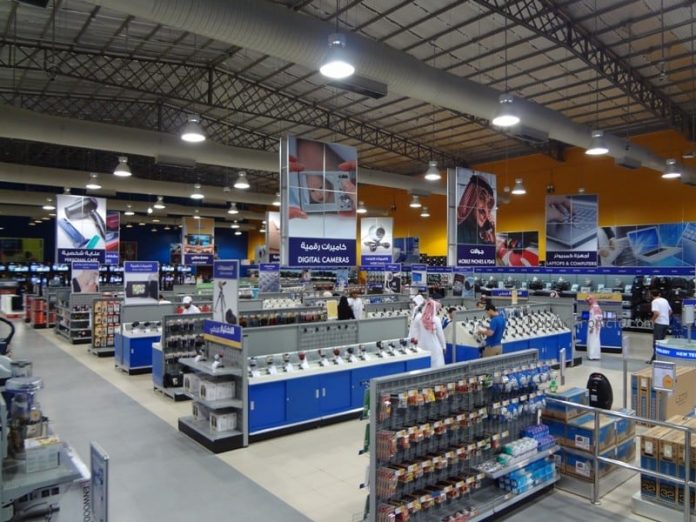
Although e-commerce is growing, traditional brick-and-mortar shops are still dominating the retail industry around the world. And the Middle East is no exception – in-store shopping is still preferred in the region, with only 16% of consumers saying they are shopping online every week.
Traditional shopping isn’t likely to go out of fashion, at least in the foreseeable future, despite the rise of the number of online retailers. The latest data from PwC’s Total retail: Global survey of online shoppers shows that around 21% of global consumers shop on the Internet every week. In comparison, 30% of the people make weekly in-store purchases. This is an average statistic of more than 15,000 shoppers in 15 different regions, including much of Europe, North America, China and Hong Kong, Russia, Brazil and the Middle East. Researchers found that most online shoppers prefer PCs for making their purchases, while nearly 60% of the people say they have never shopped via a tablet or a smartphone.
The data may seem surprising since online retailers have been trying to convince us they are becoming more and more popular each season. Despite the increased sales they report, traditional shopping in many parts of the world is still dominating. For instance, the PwC study shows that Middle Eastern consumers shop most frequently from brick-and-mortar stores – 33% of the respondents make weekly purchases in-store. In comparison, 11% of them shop from their PC every week, while only 8% shop weekly from their tablet and 7% – from their smartphone.
The major reason for shopping online, according to Middle Eastern consumers, is the better pricing on the Internet. The other essential benefit is that you can shop from home, along with the convenience of 24/7 service. However, the fact that you can see, touch and try any merchandise in traditional stores is the leading attitude, similar to the global trend.
Another study, conducted recently in the U.S., shows similar results. The Omnichannel Shopping Preference Study by A.T. Kearney found that 90% of all American retail sales still happen in stores. 5% of the sales are being made on the websites of companies, which also have brick-and-mortar stores, and only 5% occur thorough online-only channels such as Amazon.com. There are only a few select categories such as computers, electronics and entertainment products, which are usually bought online. For everything else, shoppers still prefer to test something before they buy it.
So, the debate “Digital or physical” won’t be relevant this holiday shopping season. It’s true that Black Friday sales, or more exactly the online alternative, Cyber Monday deals, will attract even more shoppers, but this doesn’t mean a decline in traditional sales. According to the researchers, successful retailers will be the ones who manage to find the balance between off and online presence.




































